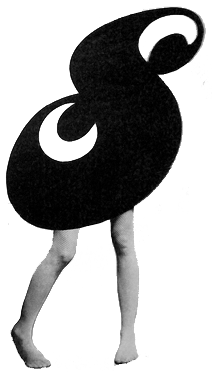More often than not, I will take a picture
The opening text for my book STEP and REPEAT:
Designers solve problems, using tools, training, and intuition. Artists record history, and often create problems. STEP and REPEAT was an opportunity to perform both roles. It is a chronicle of my beloved neighborhood, but the images are not arbitrary—they are filled with intention and deliberation—each is a unique creation, made by me. What does one do with all these visuals? How about make a book. How does one go about doing that? Hmm, let me try to solve that problem.
STEP and REPEAT consists of images taken on my iPhones since 2014. I chose that year because that’s when my iCloud storage started. I did not have a specific or preconceived idea of the time span, but rather let outside forces determine it. I often do this when creating artwork: I give myself restrictions to work within. My iCloud storage contains over 45,000 image files. My process of deciding which to use began with rapidly swiping through Photos and dragging those that were taken during walks downtown into a Dropbox folder titled #DTLAWalkabout. (I’ve been using that hashtag on my social feeds since I’ve been on the feeds.) I was not precious in my selections in any way, avoiding deliberation.
I knew I wanted the book to be trade paperback size because I like the way that 6 x 9 inches feels in my hand and also the casualness of that shape. My plan was to use a print-on-demand service and I settled on blurb.com. I downloaded their InDesign template, again letting an outside force determine an aspect of the project. The largest trade paperback that Blurb will print is 480 pages—that became my number, minus a few for the title page, this introduction, and possibly an index.
Despite the initial pass through my photo roll, the #DTLAWalkabout folder contained thousands and thousands of image files. I decided to be random in my selections. Over a period of about 3 months (in the evenings and on my day off, Sunday) I would open Finder on my Mac and scroll through the image list. I’d just randomly click and swipe to select a dozen or so files. Then I would open them in Photoshop and make a few minor adjustments. During this process the 480 page InDesign file was also open on my desktop. Once an image was formatted I would just arbitrarily place it on one of the pages. Slowly the .indd file filled-up.
Unlike the other steps in the creation of this book, the spreads are not random. Once I began to get images placed I became more strategic about pairing them. Time and location were not considered, but rather I made aesthetic decisions.
Once all the spreads were done, I struggled to figure how to handle or whether to even have an index. What information should be listed? A friend and fellow artist suggested that the index could be coordinates of where the images were taken. I loved this idea. This would allow for the book to become a kind of treasure hunt for those who were curious. It was a puzzle to figure out how to go about it, however. Eventually I found an app, Photos Metadata Export, that would do exactly that, creating a spreadsheet of the information. InDesign has live captioning of metadata, so I turned this on for each image and then found the file title in the spreadsheet, copying and pasting the information into a Google Doc.
In many cases the coordinates were not listed on the spreadsheet. I wasn’t sure why. I’ve always had location tracking turned on so it seemed strange that it would be missing. It took some investigating and trying out various scenarios of image taking on my phone to figure it out. What I discovered is that if I took an image directly in Instagram as a story, the file would not record location. If the coordinates were missing, in many cases I was able to recall where it was taken and scrolled around in Google Maps and captured the longitude and latitude from there. All of this is to say that: the index became a highly labor intensive task.
The title STEP and REPEAT is literal. I’ve been creating pictures of downtown for decades, snapping a pic at the same sites over and over and over again. When I walk down S Broadway from my current loft and see the Los Angeles Theater sign two blocks down, more often than not, I will take a picture of it. I’ve been doing this since 1993, when I lived on Wall Street in Skid Row. (At that time the pics were taken on a little 35mm camera and then later, my Blackberry.) Although the selection of images for STEP and REPEAT was random, I knew there would be a lot of repetition; I planned on and hoped for this. I love it.
I believe the way you can help make a city work is by participating in it—use its services, interact with others, smile at strangers, help someone cross the street, shop local, take the bus, take the subway, and yes…walk around it—walk around it all the time. Look at it. Relish in it. A phrase that goes through my head as I’m stomping around this neighborhood I love so much is: There is so much to see. These walks and the images I take are studio research. They are performance. They are a way of seeing. They are love.
Los Angeles is my best friend. Thank you, muse.




